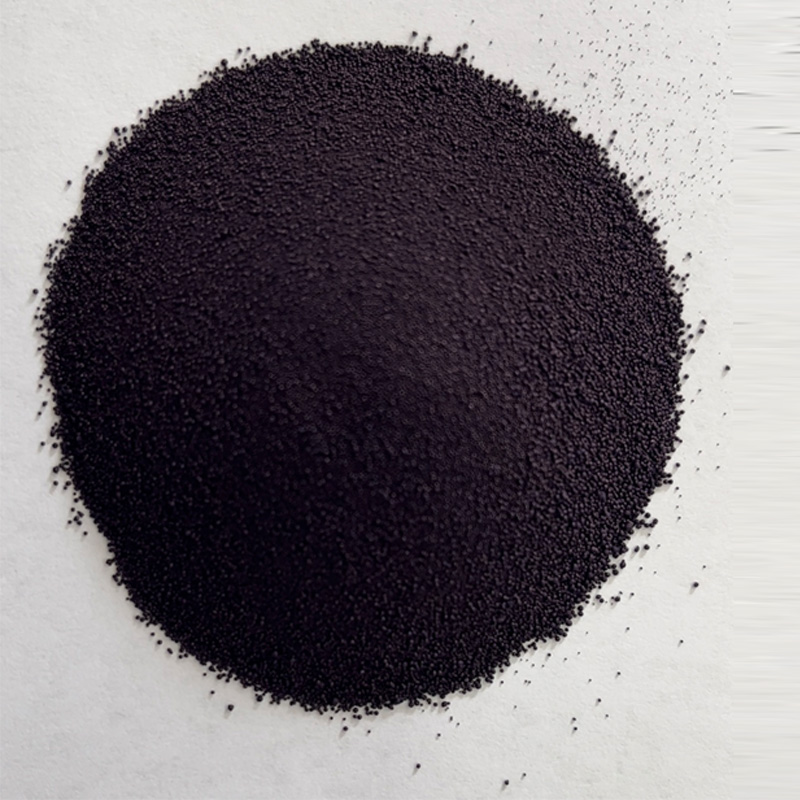Exploring Indigo Plants for Natural Dyeing Techniques and Their Applications
Indigo Plants for Dyeing A Timeless Craft
Indigo dyeing is an ancient textile art that has captivated cultures around the world for centuries. Derived from the leaves of indigo plants, particularly species such as *Indigofera tinctoria*, this striking blue dye has found its way into fashion, home textiles, and artisanal crafts. As the modern world seeks sustainable and natural alternatives to synthetic dyes, the indigo plant has regained popularity not only for its unique color but also its environmentally friendly properties.
Historical Significance
The use of indigo can be traced back thousands of years, originating in places like India, Egypt, and China. It quickly spread to various parts of Asia, Africa, and the Americas due to its vibrant color and effectiveness as a dye. The cultivation of indigo became a significant part of many economies, notably during the colonial period when indigo plantations flourished in places like the American South and the Caribbean.
In addition to its economic impact, indigo dyeing has deep cultural significance. Many indigenous communities have rich traditions surrounding indigo, using it in textiles for rituals, ceremonies, and daily life. For instance, in Japan, the art of shibori (tie-dyeing) combines indigo dye with complex folding and stitching techniques, resulting in stunning patterns and textures that are highly valued in both local and global markets.
Cultivation and Harvesting
Indigo plants are hardy and thrive in a variety of climates, particularly in warm, tropical areas. They require well-drained soil and ample sunlight to grow. The leaves are the primary source of the dye, and harvesting typically occurs when the plants are mature—generally around six to eight months after planting.
Once harvested, the leaves undergo a fermentation process to convert the indican present in the leaves into indigotin, the blue dye compound. This process creates a thick, frothy solution known as indigo vat, which is only the beginning of a long tradition of dyeing techniques.
indigo plants for dyeing product

Dyeing Processes
Dyeing with indigo can be done in various ways, each producing different shades and patterns. The simplest method involves immersing fabric in the indigo vat and allowing it to oxidize in the air, which turns the fabric a deep blue. The intensity of the color depends on numerous factors, including the time spent in the dye bath and the number of dips.
Some artisans employ intricate resist dyeing techniques to create designs. In resist dyeing, areas of the fabric are protected from the dye using methods such as binding, tying, or applying wax. Once the dyeing process is complete, the resist materials are removed, revealing stunning patterns.
Eco-Friendly Practices
As sustainability becomes a growing concern in today’s fashion industry, many are turning towards natural dyes like indigo for textile production. Indigo dyeing is generally more eco-friendly compared to synthetic dyeing processes, which often involve toxic chemicals and pollute waterways.
Moreover, indigo is biodegradable and less harmful to the environment, making it an appealing choice for consumers looking for sustainable options. Many artisanal brands prioritize traditional and organic cultivation practices, ensuring that their indigo dye is pure and environmentally responsible.
Conclusion
Indigo plants for dyeing represent not just a method of creating color but also an intersection of culture, history, and sustainability. As we advance towards more eco-conscious practices in various industries, the allure of indigo will continue to thrive. From traditional artisans honing their craft to modern fashion designers embracing natural alternatives, the indigo plant remains a powerful symbol of beauty and resilience through the ages. Embracing this age-old dyeing tradition allows us not only to appreciate its aesthetic value but also to recognize the importance of preserving cultural practices and promoting sustainable livelihoods. With every piece dyed in indigo, a legacy of artistry, history, and environmental harmony is carried forward.
-
The Timeless Art of Denim Indigo Dye
NewsJul.01,2025
-
The Rise of Sulfur Dyed Denim
NewsJul.01,2025
-
The Rich Revival of the Best Indigo Dye
NewsJul.01,2025
-
The Enduring Strength of Sulphur Black
NewsJul.01,2025
-
The Ancient Art of Chinese Indigo Dye
NewsJul.01,2025
-
Industry Power of Indigo
NewsJul.01,2025
-
Black Sulfur is Leading the Next Wave
NewsJul.01,2025

Sulphur Black
1.Name: sulphur black; Sulfur Black; Sulphur Black 1;
2.Structure formula:
3.Molecule formula: C6H4N2O5
4.CAS No.: 1326-82-5
5.HS code: 32041911
6.Product specification:Appearance:black phosphorus flakes; black liquid

Bromo Indigo; Vat Bromo-Indigo; C.I.Vat Blue 5
1.Name: Bromo indigo; Vat bromo-indigo; C.I.Vat blue 5;
2.Structure formula:
3.Molecule formula: C16H6Br4N2O2
4.CAS No.: 2475-31-2
5.HS code: 3204151000 6.Major usage and instruction: Be mainly used to dye cotton fabrics.

Indigo Blue Vat Blue
1.Name: indigo blue,vat blue 1,
2.Structure formula:
3.Molecule formula: C16H10N2O2
4.. CAS No.: 482-89-3
5.Molecule weight: 262.62
6.HS code: 3204151000
7.Major usage and instruction: Be mainly used to dye cotton fabrics.

